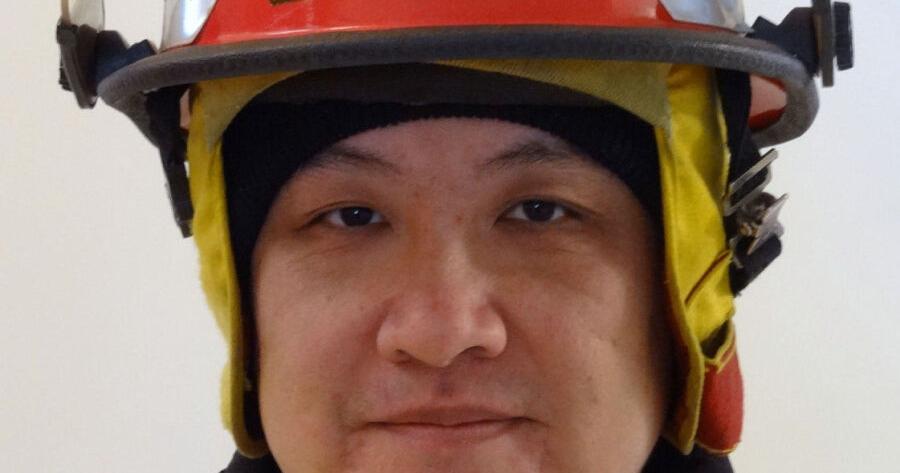- Reaction score
- 7,338
- Points
- 1,160
Danish Defence
Forsvaret
100px
Service branches Royal Danish Army—Hæren (HRN)
Royal Danish Navy—Søværnet (SVN)
Royal Danish Air Force—Flyvevåbnet (FLV)
Leadership
Commander-in-Chief Queen Margrethe II
Defence Minister Nicolai Wammen (Social Democrats)
Chief of Defence General Peter Bartram[1]
Manpower
Military age 18–49
Available for
military service 1,276,087 (2004 est.), age 15–49
Fit for
military service 1,088,751 (2004 est.), age 15–49
Active personnel 24,200 (2011)[2]
Reserve personnel 12,000 + 51,000 (unpaid – not conscripted) volunteers in the Home Guard
Deployed personnel 1,400[3]
Expenditures
Budget 4.33 billion USD (2009)[4]
Percent of GDP 1.4% (2009)
The Home Guard is a volunteer (Unpaid) military organisation.
The Home Guard had 46,651 members as of October 2014 . (Population of Denmark 5.643 Million - < 1%)
The active force had 15,808 volunteer soldiers as of October, 2014. The remaining volunteers belong to the Home Guard Reserve.
Approximately 15 percent of all volunteer soldiers are women.
The task of the Home Guard is to support the Armed Forces – nationally as well as internationally. In addition, the Home Guard supports the police, the emergency services and other authorities in carrying out their duties.
1,845 people applied for enrollment in the Home Guard, and 1,301 volunteers signed a contract in 2014 (as of November 2014).
868 of the new volunteers (68 percent) were aged 18-32.
The appropriation allocated to the Home Guard in the Finance Bill amounted to 498,4 m. DKK in 2014.
The Home Guard has a dual military - civilian leadership:
The Commander of the Home Guard, major general Jens Garly, is responsible for the training and deployment of units and also for the overall supervision of the Home Guard
The Commissioner of the Danish Home Guard, Søren Espersen, is responsible for recruitment and gaining support for the Home Guard in the Danish population.
The members of the Home Guard take part in the defence and support of the country on a voluntary and unpaid basis.
Men and women from the age of 18 can apply for membership. A military background is not necessary. The wish to participate is more important.
When membership has been granted, members are admitted into one of the following branches:
The Army Home Guard (link to the site in Danish: Hærhjemmeværnet)
The Naval Home Guard (link to the site in Danish: Marinehjemmeværnet)
The Air Force Home Guard (link to site in Danish: Flyverhjemmeværnet)
Home Guard Mission
We contribute to the defence and protection of Denmark by providing a credible and flexible capability to deliver military volunteer forces that benefit society's needs in all circumstances.
Home Guard Vision
We strive to be an attractive and credible military partner for all who take part in the defence and protection of Denmark.
We want to develop and apply our capacities as part of the collective emergency preparedness.
We want to create relevant and challenging activities for our volunteers in order to motivate the will to assist.
Forsvaret
100px
Service branches Royal Danish Army—Hæren (HRN)
Royal Danish Navy—Søværnet (SVN)
Royal Danish Air Force—Flyvevåbnet (FLV)
Leadership
Commander-in-Chief Queen Margrethe II
Defence Minister Nicolai Wammen (Social Democrats)
Chief of Defence General Peter Bartram[1]
Manpower
Military age 18–49
Available for
military service 1,276,087 (2004 est.), age 15–49
Fit for
military service 1,088,751 (2004 est.), age 15–49
Active personnel 24,200 (2011)[2]
Reserve personnel 12,000 + 51,000 (unpaid – not conscripted) volunteers in the Home Guard
Deployed personnel 1,400[3]
Expenditures
Budget 4.33 billion USD (2009)[4]
Percent of GDP 1.4% (2009)
The Home Guard is a volunteer (Unpaid) military organisation.
The Home Guard had 46,651 members as of October 2014 . (Population of Denmark 5.643 Million - < 1%)
The active force had 15,808 volunteer soldiers as of October, 2014. The remaining volunteers belong to the Home Guard Reserve.
Approximately 15 percent of all volunteer soldiers are women.
The task of the Home Guard is to support the Armed Forces – nationally as well as internationally. In addition, the Home Guard supports the police, the emergency services and other authorities in carrying out their duties.
1,845 people applied for enrollment in the Home Guard, and 1,301 volunteers signed a contract in 2014 (as of November 2014).
868 of the new volunteers (68 percent) were aged 18-32.
The appropriation allocated to the Home Guard in the Finance Bill amounted to 498,4 m. DKK in 2014.
The Home Guard has a dual military - civilian leadership:
The Commander of the Home Guard, major general Jens Garly, is responsible for the training and deployment of units and also for the overall supervision of the Home Guard
The Commissioner of the Danish Home Guard, Søren Espersen, is responsible for recruitment and gaining support for the Home Guard in the Danish population.
The members of the Home Guard take part in the defence and support of the country on a voluntary and unpaid basis.
Men and women from the age of 18 can apply for membership. A military background is not necessary. The wish to participate is more important.
When membership has been granted, members are admitted into one of the following branches:
The Army Home Guard (link to the site in Danish: Hærhjemmeværnet)
The Naval Home Guard (link to the site in Danish: Marinehjemmeværnet)
The Air Force Home Guard (link to site in Danish: Flyverhjemmeværnet)
Home Guard Mission
We contribute to the defence and protection of Denmark by providing a credible and flexible capability to deliver military volunteer forces that benefit society's needs in all circumstances.
Home Guard Vision
We strive to be an attractive and credible military partner for all who take part in the defence and protection of Denmark.
We want to develop and apply our capacities as part of the collective emergency preparedness.
We want to create relevant and challenging activities for our volunteers in order to motivate the will to assist.




:quality(70)/cloudfront-us-east-1.images.arcpublishing.com/archetype/5MTXL6ADT5FHNO6K3M3BJ537AQ.jpg)